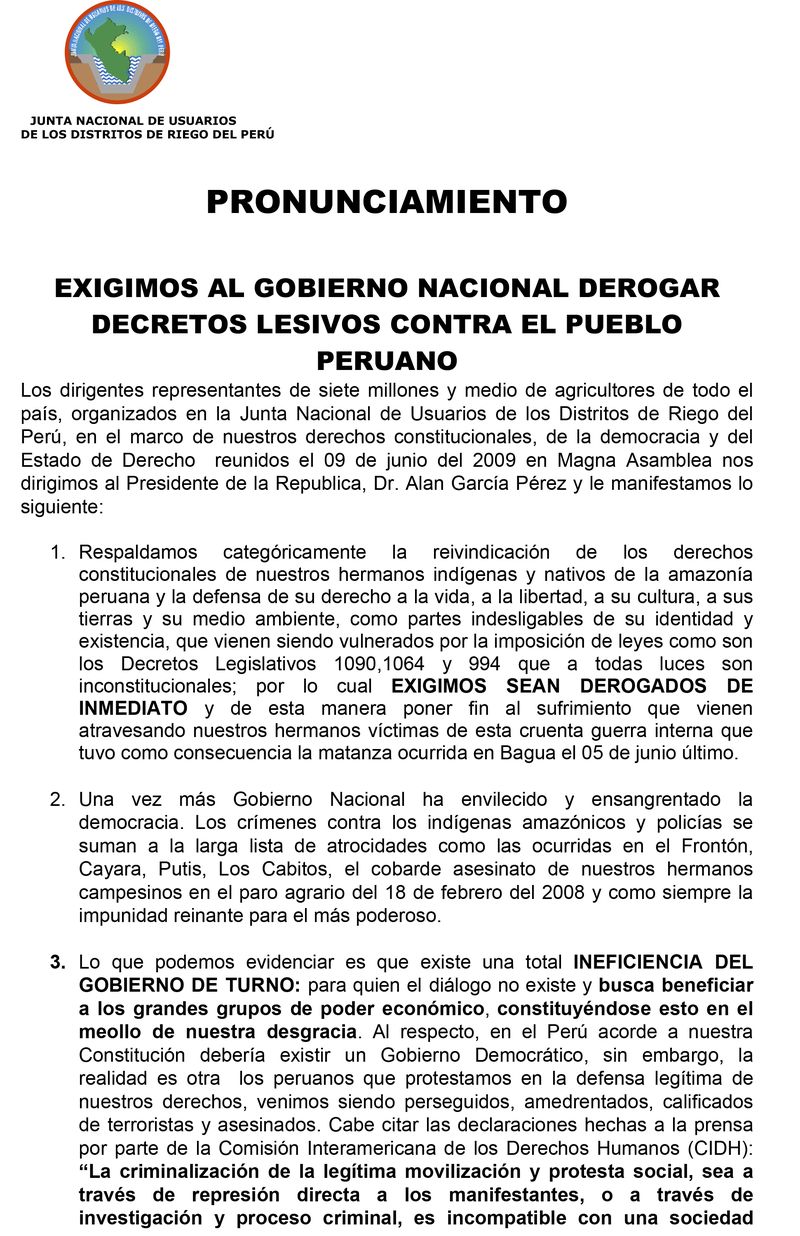Global review of forest pests and diseases
Insect pests, diseases and other biotic agents have considerable impacts on forests and the forest sector. They can adversely affect tree growth and the yield of wood and non-wood products. Damage caused by forest pests can significantly reduce wildlife habitat thereby reducing local biodiversity and species richness.
Supporting small forest enterprises
IIED’s Forest Team engagement with Mozambique began in January 2002, with a two year policy support process to the multi-donor ProAgri programme based at the then Direcção Nacional de Florestas e Fauna Bravia (DNFFB) – later to become the Direcção Nacional de Terras e Florestas (DNTF) – the national directorate of land and forests. At that time, the main legal frameworks had only just come into being, with the 1997 Land Law, the 1999 Forestry and Wildlife Law and the 2002 forest regulations.
South-South REDD
The implementation of the South–South REDD process was made achievable by those who assumed leadership roles (political and technical), facilitated the meetings and the logistics on the ground (especially the consultations and training) and acted as resources people. It would be impossible to name everyone, but in particular we would like to thank the Minister of Environment, Alcinda Abreu, and Vice-Minister, Ana Chichava, who provided the leadership and often challenged the technical experts.
Regulation on supervision over the elaboration of the forestry fundamentals.
This Regulation hereby prescribes the mandatory supervision rules, aimed at the control over the execution of the preparation of forest-economic documents or plans (for private and state owned forests).Forest-economic planning documents are projects assignment for the preparation of the forest-economic basis, including the classification of forests and forest land in ecological-productive terms, with the aim of determining the technical objectives of forest management (such as creation of spatial units, the marking of their boundaries in the field, the recording of boundaries and their mapp
Regulation on drafting of the forestry connection projects.
This Regulation prescribe the necessary contents of the documentation and administrative forms that are to be included when drafting/preparing the forest or forest land communication projects (such as the construction of forest road for vehicles, reconstruction of forest truck routes and tractor/trailway paths).As defined by this text, forest communications/connections are primary used for forestry purposes as well as for the needs of the local population.
Implements: Forest Law (Republic of Srpska). (2008-07-17)
Pronunciamiento
La JNUDRP exige al Gobierno Nacional derogar decretos lesivos contra el pueblo peruano.
Complementary Law No. 143 establishing the Planning and Territorial Planning System of the State of Roraima.
This Complementary Law, consisting of 42 articles divided into seven Chapters, establishes the Planning and Territorial Planning System of the State of Roraima. The above mentioned System, called SPOT/RR, is the main guiding instrument for planning of land occupation and control of the use of natural resources of the territory of the State of Roraima, in the implementation of plans, programmes, projects, works and public and private activities. The purpose of the SPOT/RR is to implement the provisions of art.
Stratégie de développement et plan pour la promotion de la foresterie urbaine et périurbaine de la ville de Bangui.
Confrontée à la précarité quant à l’accès aux ressources; la vulnérabilité du paysage et du bassin versant avec des risques d’érosion, de glissements de terrain et d’inondation; la réduction des approvisionnements et augmentation des prix des produits forestiers non ligneux; et la raréfaction produits énergétiques issus du bois, la République centrafricaine a en 2009 adopté la Stratégie de développement et plan pour la promotion de la foresterie urbaine et périurbaine de la ville de Bangui.
A GOOD PRACTICE GUIDE SUSTAINABLE FOREST MANAGEMENT, BIODIVERSITY and LIVELIHOODS
Forests are essential for human survival and well-being. They harbour two thirds of all terrestrial animal and plant species. They provide us with food, oxygen, shelter, recreation, and spiritual sustenance, and they are the source for over 5,000 commercially-traded products, ranging from pharmaceuticals to timber and clothing. The biodiversity of forests—the variety of genes, species, and forest ecosystems—underpins these goods and services, and is the basis for long-term forest health and stability.







